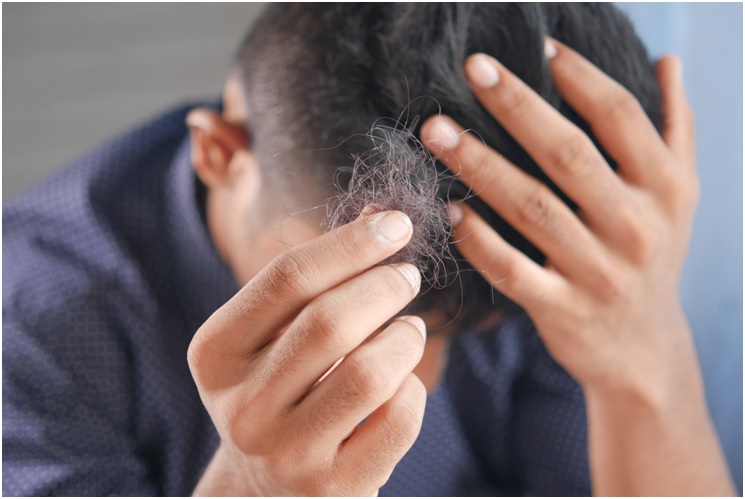What are the Effects of Testosterone on Hair Loss?

Hair loss and testosterone have a complicated relationship. Many people believe that bald men have high testosterone levels, but is this true?
Approximately 50 million men and 30 million women in the United States suffer from male pattern baldness or androgenic alopecia. The hair loss is due to the shrinking of hair follicles and the associated impact on hair growth. The follicles become dormant, and there is no hair left to grow. Genetics and hormones play a role in this.
Males interested in or are already on Testosterone Replacement Therapy (TRT) for Hypogonadism, or Low Testosterone may be wondering whether TRT affects hair loss. The connection of testosterone and hair loss is becoming a hot topic of conversation in this regard. Men worldwide are questioning testosterone therapy’s efficacy to find a solution to their hair loss problems,
How does TRT affect hair loss?
Many men have taken an interest in testosterone replacement therapy, or TRT. The therapy involves increasing testosterone levels within the body.
Considering testosterone is the male sex hormone, you may wonder, “How can it affect my hair? Originally, testosterone is responsible for carrying out sexual processes, but it is also responsible for stimulating secondary hair. For this reason, it is possible to treat hair loss with TRT.
You are likely worried about the effects of TRT on your hair if you are considering or currently using it. The relationship between testosterone and dihydrotestosterone (DHT) is key to understanding testosterone effects on hair follicles. Five alpha-reductase is an enzyme that reduces testosterone hormone into DHT. DHT contributes to hair thinning.
DHT, a bi-product of testosterone, contributes to hair loss, which stands against TRT’s effectiveness. It causes hair loss when testosterone catalyzes to form DHT, interfering with the natural predisposition of hair follicles.
Following are four distinct phases in the hair growth cycle.
- Anagen (hair growing phase)
- Catagen (transition phase)
- Telogen (resting phase)
- Exogen (shedding phase)
DHT affects mainly the anagen (hair growth phase) and the telogen (resting phase) phases of hair growth. It slows hair follicle growth and prolongs its resting state.
However, this is not obvious in every case always. TRT tends to have very little impact on hair growth in most cases. Some people experience hair loss during the early days of TRT as a shock. It is caused by a sudden change in the body’s normal resting state. Almost all of them begin to familiarize themselves with the therapy as time passes and show no negative signs.
Because every human body differs, human genetics come into play. TRT has a greater impact on hair loss based on the genetic disposition of every individual.
TRT and hair loss: Is there any scientific evidence?
The patient receives external testosterone in Testosterone Replacement Therapy (TRT). People often believe that increased testosterone levels cause the body to produce more DHT, leading to hair loss and baldness.
The bi-product of testosterone may also play a role in hair loss being adversely affected by TRT. When the testosterone level in the body rises because of the therapy, DHT may be produced, which disrupts the predisposition of hair follicles. At the beginning of the treatment, some people may experience a reduction in hair growth.
All of these assumptions are yet to be supported by solid scientific research. Numerous research has been conducted in this area, but the results have been contradictory based on different factors such as age and genetics. All of this comes down to the genetic differences of individuals, which may cause hair loss caused by TRT in some men, but not others.